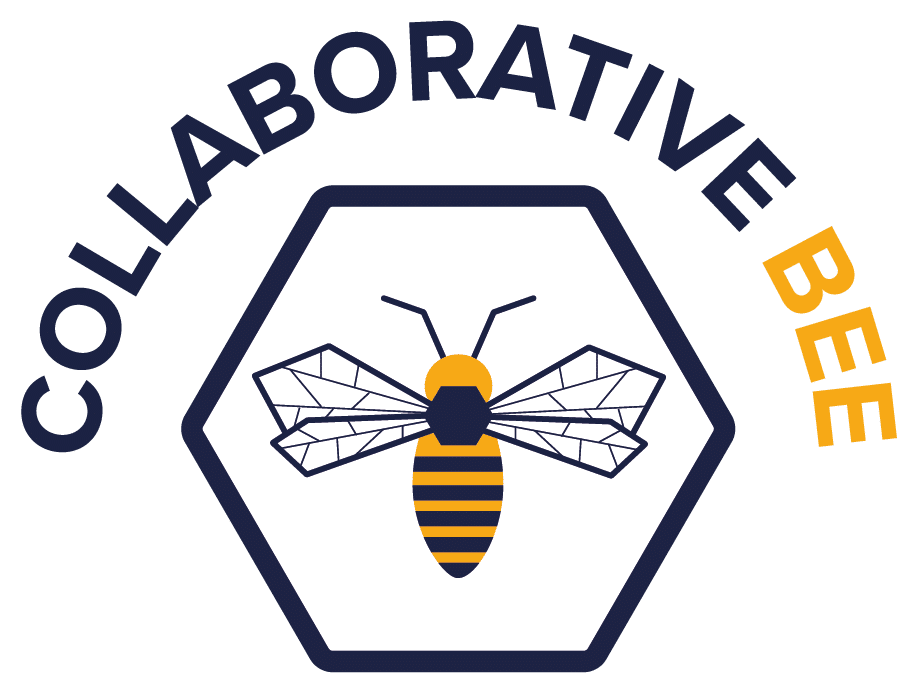
Welcome to Collaborative Bee
Quick access to collaborative tools, resources, and documentation.

Bee-Plane
Bee-Plane is a detachable modular medium-range aircraft designed for adaptability. Whether it’s carrying 220 passengers, cargo, medical equipment or firefighting systems, its interchangeable fuselage enables multi-purpose use across industries.
It’s a collaborative R&D initiative combining academic research, industrial design, and innovation in air mobility.

Mini-Bee
Mini-Bee is a hybrid multi-copter drone born from intense collaboration between universities and industry players. It reached TRL4 in 2022, evolving from TRL1 in 2015, and focuses on vertical takeoff, hybrid propulsion and efficient forward flight.
This initiative highlights the power of collective development — bringing together diverse expertise to rapidly innovate, solve problems, and reduce costs while improving project outcomes.
Why Collaboration Works
- 💡 Shared knowledge: Different actors bring unique insights and capabilities.
- 🔍 Transparency: Open dialogue and documentation builds trust.
- ⚙️ Efficiency: Resource pooling cuts down cost and boosts speed.
- 🧭 Better decisions: Diverse perspectives lead to smarter outcomes.
- 📈 Higher impact: Teams achieve more when working together.
Why We Use an Open Source Licence
- 🔓 Accessibility: All partners can view and modify the code.
- 🛠️ Flexibility: Use across academic, startup and industrial contexts.
- 👀 Visibility: Everyone sees how the project evolves.
- 🚀 Opportunities: Enables derivative tools and spinoffs.
- 💰 Lower cost: Avoids expensive license fees.
⚠️ Note: Some licenses may require you to disclose modified code or revenue sharing. Always check terms before adopting.
Why We Share on a Wiki
- 📚 Central access: All stakeholders can view updates and data.
- 🔍 Transparency: Past challenges and solutions are visible to all.
- ⏱️ Faster decisions: Less confusion, more clarity.
- 🤝 Team synergy: Avoids duplicated effort and fosters collaboration.
- 🎯 Better results: Makes innovation visible and structured.





